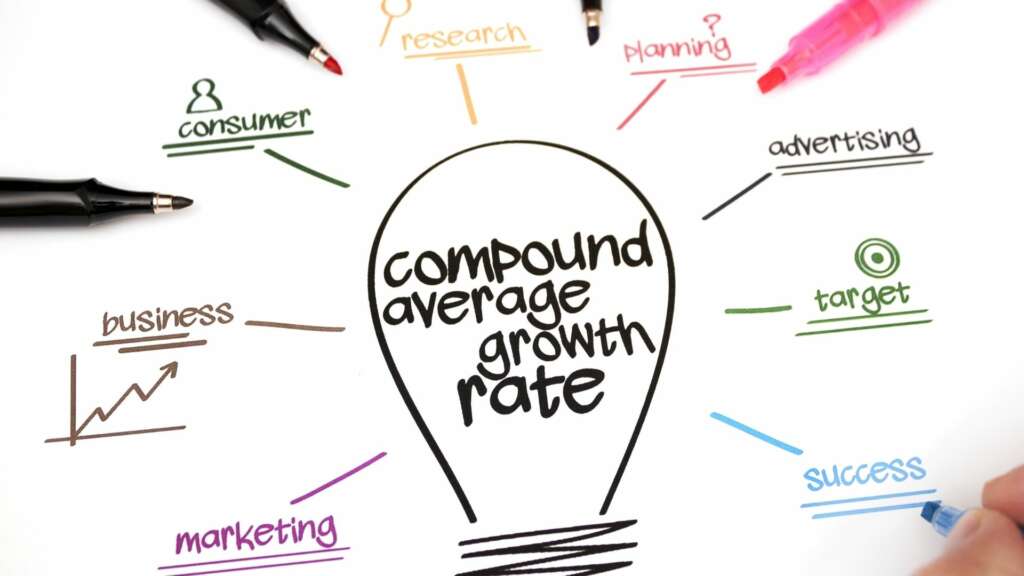
The average rate of growth is a formula that represents how one numbers changes, on average, relative to another number. A more commonly used term is “slope of an exponential function.”
The rate, when plotted against the other value, is called the slope. However, do not confuse it with the means of a function, which is how the number that the curve represents changes when plotted against itself. You can use the normal curve on any function you wish, not just linear functions.
When graphed, the lines can show how a number has changed from the beginning and continued to change over time. For example, if the slope is positive, the value goes up; if it is negative, the value goes down. You can also see the line showing the slope in the opposite direction, as the value goes down.
To create an average line of a curve, the first number is chosen. Then, the second number, called the “average,” is subtracted from the first. That gives you the change in the value. Then, the third number, known as the mean, is added to the first two to get the final result.
The slope can be negative or positive, depending on the value being plotted against the others. It is more useful to compare the difference between the slopes, instead of comparing the difference between the value and others. For example, if you find that a line that was once a steep slope has now been more curved, this is an indication that the curve may go up or down a little.
Another way to compare slopes is by looking at the “normalized” average. This average is determined by subtracting the slope of each curve from the value. The difference between the slopes is then compared with the normal average, and the number you find is called the normal value.
Slopes are often found in a variety of ways. For example, if you look at a line that has been plotted against a constant value, such as average wage growth, and then plot it against a second line that changes as the values change, you may find that the second line follows the constant line. as the wage grows. {and becomes higher or lower. In addition, a curve of a line that goes up and down when plotted against a constant is likely to follow the average line more slowly. {or, even if it rises and falls, you may find that it doesn’t follow the curve as fast or as far as the average line. {Gives you an idea of how many times it rises or falls. Similarly, a curve that goes up and down as you move left or right in a graph may give you an idea of how fast you move.
As long as you understand the basic idea, there are many ways to interpret the average. If the line is used correctly to represent what’s going on, it can help you analyze and make decisions about trends.
Another way to understand the average rate is to realize that the average can vary widely from one time period to another. This can help you determine how much the trend will vary over a longer period of time.
Sometimes the change in average is a sign of an underlying trend, such as the trend of prices going up or down. You can use the average in conjunction with other data to determine what the price level might be if there were no underlying trend.
In addition, when you can use your analysis to predict the future, it makes sense to make the trend more precise. {and to use the average rate of change formula. as a basis for that prediction. You can determine what the trend of prices is supposed to do and then use the average to find out if it fits that trend. {or if it’s possible for that trend to continue or to go up or down. {or fall. Then you can plan on the possibility of this trend continuing or going up and down.
Of course, even if the trend is likely to keep going up or down, it doesn’t mean that it is going to be exactly up or down. But you can use the average to tell you how it’s likely to change over time, and that gives you a starting point for a prediction and the ability to make better decisions about how it’s going to change.


